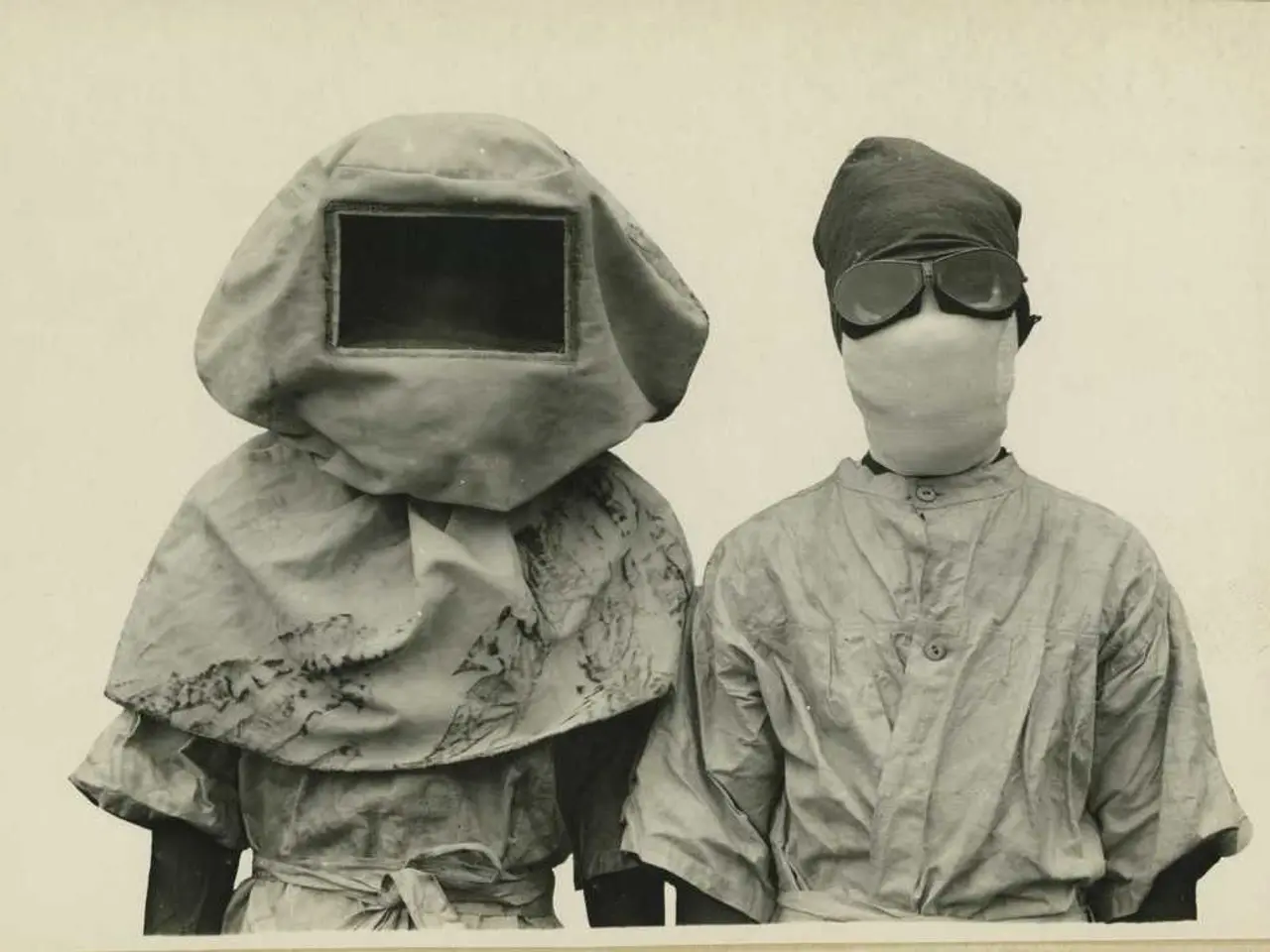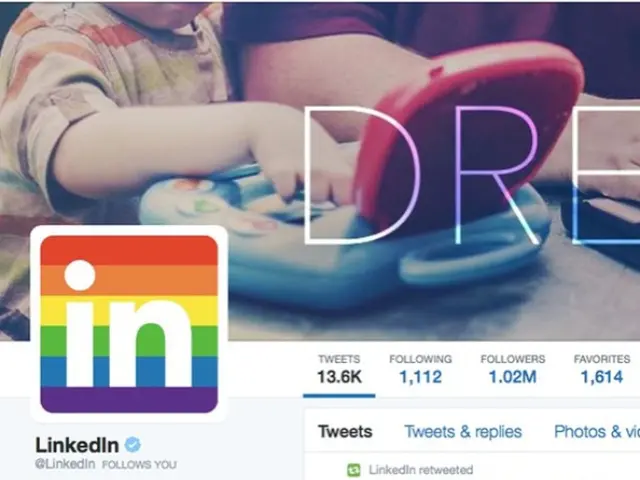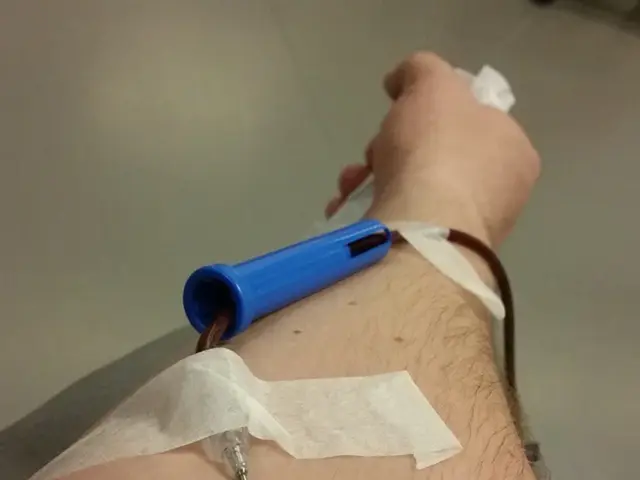Unveiling Fashion's Less-than-Shiny Side Effects
Antimicrobial clothing and face masks, touted as solutions to combat the spread of germs, have become a popular trend during the pandemic. However, these products come with a host of environmental and health concerns.
Key risks include the environmental contamination from persistent chemicals such as PFAS (per- and polyfluoroalkyl substances). These chemicals, often used as coatings to provide antimicrobial properties in textiles, persist in the environment indefinitely and contaminate water, soil, and air throughout the lifecycle of the garment.
Health risks from chemical exposure are another concern. Some antimicrobial chemicals like triclosan have been linked to allergic conditions such as eczema and hay fever, particularly in children with higher body levels of the chemical. Exposure to these chemicals has been associated with increased allergy-related health problems.
Antimicrobial textiles often incorporate nanoparticles, such as copper nanoparticles, which kill microbes through oxidative stress mechanisms. While effective against microbes, these mechanisms may raise concerns about toxicity or irritation if inhaled or absorbed by humans during wear.
Synthetic fabrics used to embed antimicrobial agents shed microplastics during wear and laundering, contributing to environmental pollution. These fabrics may also contain endocrine disruptors like BPA, which can pose health risks upon prolonged skin contact.
While antimicrobial clothing and masks can reduce microbial contamination, their use involves trade-offs with environmental persistence of hazardous chemicals, potential for human allergic and toxic reactions, and broader ecological impacts due to chemical pollution and microplastic release.
More sustainable alternatives or careful risk assessments are needed to mitigate these concerns. Despite the growing advocacy to regulate antimicrobial substances more tightly in consumer products, the EPA has thus far sided with chemical companies on the safety of these substances.
The data on metal ions, such as those used in antimicrobial products, is nascent, but there are concerns about their potential long-term cellular damage to our endocrine and immune systems. Some experts argue that antimicrobial products that use metal ions could be causing long-term cellular damage to our endocrine and immune systems in ways that we don't fully understand.
The profligate use of antimicrobial chemicals could upend microbial communities on our skin, in our bodies, and even lead to superbugs. The main driver of superbugs is the overuse of antibiotic medications and hand sanitizers, but emerging research shows that antiviral and antimicrobial clothing and consumer products will contribute to this problem.
Antibiotic-resistant infections are a pandemic of their own, on track to kill ten million people a year by 2050 from illnesses that are currently easily treatable. The trillions of microbes on our skin and in our gut, collectively known as the microbiome, regulate our immune system and protect us from allergies, skin conditions, and disease. Disrupting these communities could have far-reaching consequences for human health.
The EPA has thus far sided with chemical companies on the safety of antimicrobial substances, but there is growing advocacy to regulate these substances more tightly in consumer products. The use of antimicrobial chemicals on our skin and in our environments can disrupt microbial ecosystems, potentially leading to long-term cumulative effects.
Sales of antimicrobial textiles are expected to nearly double in the next five years, reaching $20 billion. Antimicrobial substances have vocal critics, including environmental NGOs, consumer safety groups, and some doctors who warn of their overuse and potential danger.
The finish on silver-treated products only lasts 30 to 50 washes and can rub off via friction, potentially escaping into soils or waterways and disrupting bacteria used in sewage treatment. Nanosilver is now regulated as a pesticide by the EPA, but it's not banned outright in textiles, and there has been a flood of nanosilver-laced face masks sold to the public during the pandemic, often with no mention of their associated health risks.
In conclusion, while antimicrobial clothing and masks offer a quick solution to reduce microbial contamination, their use involves trade-offs with environmental persistence of hazardous chemicals, potential for human allergic and toxic reactions, and broader ecological impacts due to chemical pollution and microplastic release. More sustainable alternatives or careful risk assessments are needed to mitigate these concerns.







